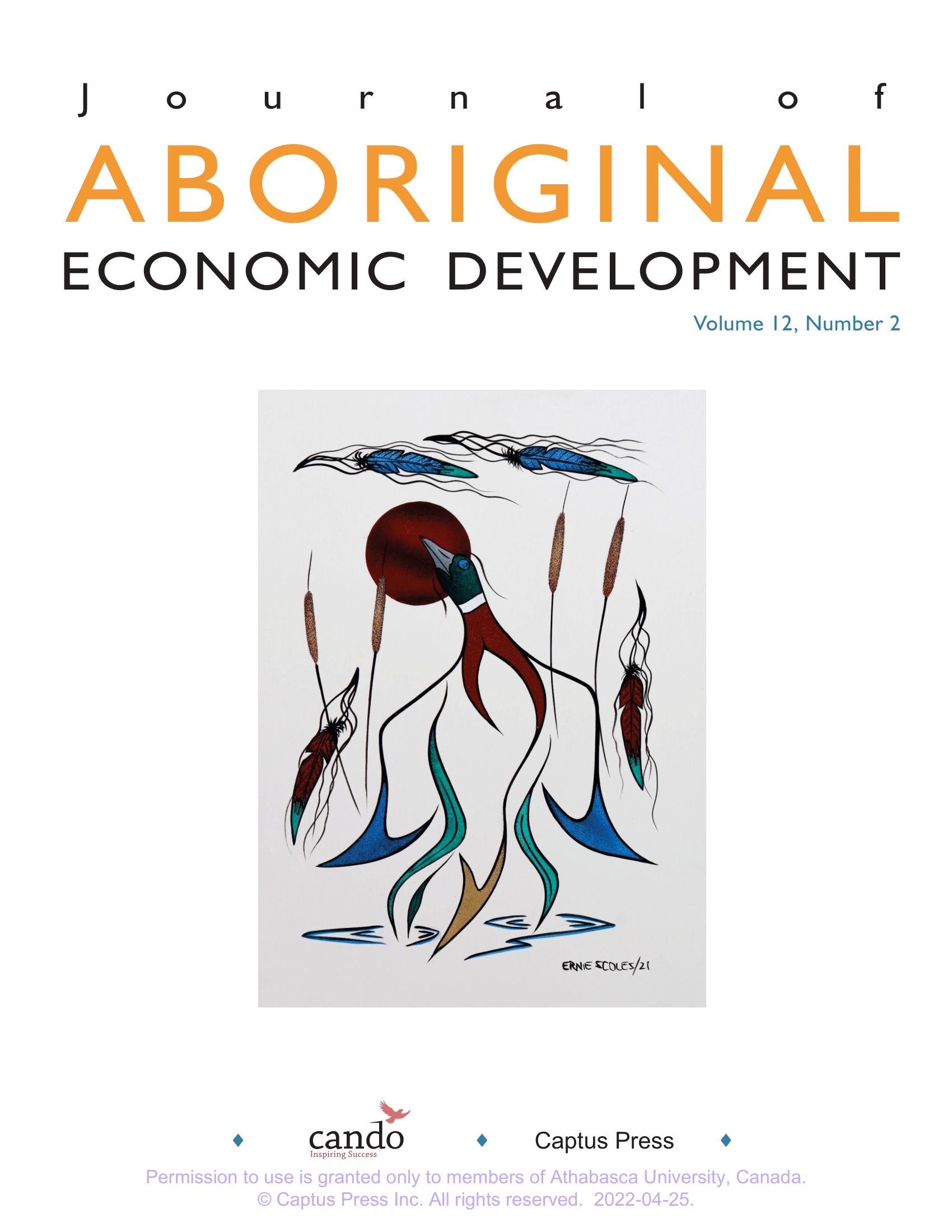Education Remains Critical with Unemployment, Employment, and Participation Rates in 2020 Being the Worst in Many Years for Aboriginals and Non-Aboriginals
DOI:
https://doi.org/10.54056/ZYGS7428Keywords:
Age groups, Business And Economics, Economic conditions, Education, Employment, Ethnic Interests, Gender, High school graduates, Indigenous peoples, Inuit, Labor force, Native North Americans, Native women, Participation, Secondary schools, Unemployed people, Unemployment, Wage rates, WomenAbstract
The higher the level of education completed the higher the wage rates, the lower the rate of unemployment, and the higher the employment rates. Unemployment rates were significantly higher and participation and employment rates were significantly lower for Aboriginals and non-Aboriginals in Canada in 2020. This may be attributed to the impact of the Coronavirus pandemic. The rate of unemployment increased more for nonAboriginals than for Aboriginals in 2020. However, participation and employment rates decreased more for Aboriginals than for non-Aboriginals. Employment, unemployment, and participation rates are and historically have been more favourable for non-Aboriginals than for Aboriginals. As educational levels increase, employment measures and wage rates improve. Employment measures are examined by gender, age, province, and education, and for Métis, Inuit, and First Nations.
Downloads
References
Statistics Canada, Labour Force Survey, personal correspondence.
Statistics Canada, Labour Force Survey, 4ctl_abo_educ_AN.ivt
Statistics Canada, Labour Force Survey, 4ctl_abo_main_AN.ivt
Statistics Canada, Labour Force Survey, custom tabulation 4ctl_abo_wage_AN.ivt
Downloads
Published
Issue
Section
License
Copyright (c) 2022 Cando

This work is licensed under a Creative Commons Attribution-NonCommercial-NoDerivatives 4.0 International License.




